Baggaley, Kate. 29 October 2014. “New Frog Species Discovered in New York City.” Science News.org. Washington, D.C.: Magazine of the Society for Science & the Public. Retrieved November 4, 2014.
- Available at: https://www.sciencenews.org/article/new-frog-species-discovered-new-york-city
Boewe, Charles. "Rafinesque Portraits." Extracted from C.S. Rafinesque, Charles E. Boewe, Georges Reynaud and Beverly Seaton, Précis ou Abrégé des Voyages, Travaux, et Recherches de C. S. Rafinesque (1833): The Original Version of A Life of Travels (1836), pp. 100-106 (series Verhandelingen der Koninklijke Nederlandsche Akademie van Wetenschappen, Afdeeling Natuurkunde, Tweede sectie, d. 86) (Amsterdam, The Netherlands; New York NY: North-Holland, 1987; Reprinted with minor changes in: Charles Boewe, Profiles of Rafinesque, pp. 99-107 (Knoxville TN: University of Tennessee Press, 2003).
- Available via Academia at: https://www.academia.edu/3749412/Portraits_of_Rafinesque
Call, Richard Ellsworth. 1895. The Life and Writings of Rafinesque: Prepared for the Filson Club and Read at Its Meeting, Monday, April 2, 1894. Filson Club Publication No. 10. Louisville KY: John P. Morton and Company, Printers to the Filson Club.
- Available via Internet Archive at: https://archive.org/details/liferafinesque00callrich/page/n8/mode/1up
“Carl Kauffeld.” Mombu.com: Mombu the Reptiles Forum > Reptiles. Retrieved November 4, 2014.
- Available at: http://www.mombu.com/reptiles/reptiles/t-carl-kauffeld-1717120.html
CBC. 30 October 2014. “New Leopard Frog Species Found in New York City.” Canada News. Yahoo! News Network. Retrieved November 4, 2014.
- Available at: https://ca.news.yahoo.com/leopard-frog-species-found-york-161933926.html
Chamary, J.V. 31 October 2014. “New Frog Species Discovered in New York City.” Forbes.com: Innovation & Science. Retrieved November 4, 2014.
- Available at: http://www.forbes.com/sites/jvchamary/2014/10/31/new-frog-new-york/
Chase, Theodore L. 1876. "Constantine Schmaltz Rafinesque." Potter's American Monthly, vol. VI, no. 50 (February 1876): 97-101.
- Available via Internet Archive at: https://archive.org/details/sim_potters-american-monthly_1876-02_6_50/page/97/mode/1up
Dörfler, Ignaz. 1907. Botaniker-Porträts. Wien (Vienna), Austria: I. Dörfler.
Edmonds, Devin. 13 June 2005. “Leopard Frogs (Rana pipiens and R. utricularia).” Amphibian Care: Caresheets. Retrieved November 4, 2014.
- Available at: http://www.amphibiancare.com/frogs/caresheets/leopardfrog.html
Elliott, Lang; Gerhardt, Carl; and Davidson, Carlos. 2009. The Frogs and Toads of North America: A Comprehensive Guide to Their Identification, Behavior, and Calls. Boston, MA; and New York, NY: Houghton Mifflin Harcourt.
Feinberg, J.A.; Newman, C.E.; Watkins-Colwell, G.J.; Schlesinger, M.D.; Zarate, B.; Curry, B.R.; Shaffer, H.Bradley; Burger, J. 2014. "Cryptic Diversity in Metropolis: Confirmation of a New Leopard Frog Species (Anura: Ranidae) from New York City and Surrounding Atlantic Coast Regions." PLoS ONE 9(10):e108213. doi:10.1371/journal.pone.0108213
Gidman, Jenn. 30 October 2014. “New Frog Species Has Croak Unlike Any Other.” Newser.com: Science. Retrieved November 4, 2014.
- Available at: http://www.newser.com/story/197969/scientists-hit-jackpot-with-new-cryptic-species-of-frog.html
Griggs, Brandon. 31 October 2014. “New Species of Frog Found in … NYC.” News 4 Jax.com: News > U.S./World News. Jacksonville, FL: WJXT. CNN.com: U.S. Edition. Atlanta, GA: Cable News Network, Turner Broadcasting System, Inc. Retrieved November 4, 2014. Available at:
- http://myfox8.com/2014/10/31/new-frog-species-found-habitat-stretches-to-nc/
- http://www.news4jax.com/news/us-world-news/new-species-of-frog-found-in-nyc/29459012
- http://pix11.com/2014/10/31/new-species-of-frog-discovered-on-staten-island/
- http://www.wgal.com/national/new-species-of-frog-found-in-nyc/29459012
Hopkinson, Martin. 2009. "Sicilian Etchers." Print Quarterly, vol. XXVI, no. 4 (2009): 381-382.
- Available via Edizioni Caracol at: http://www.edizionicaracol.it/wordpress/wp-content/uploads/2014/09/recensione-malignaggi.pdf
Keim, Brandon. 29 October 2014. "Big City, Big Surprise: New York City's Newest Species Is a Frog." National Geographic (USA): News > Animals. Retrieved November 4, 2014.
- Available at: http://news.nationalgeographic.com/news/2014/10/141029-frog-species-new-york-city/
Keown, Gerald. 10 July 2008. “In Memory of Carl Kauffled.” Southwestern Center for Herpetological Research: SWCHR Forums. Retrieved November 4, 2014.
- Available at: http://southwesternherp.com/cgi-bin/yabb2/YaBB.pl?num=1215719054
Lally, Robin. 29 October 2014. “New Frog Discovered Inhabiting I-95 Corridor from Connecticut to North Carolina.” EurekAlert!.org: Public Releases. Retrieved November 4, 2014.
- Available at: http://www.eurekalert.org/pub_releases/2014-10/ru-nfd102714.php
"Leopard Frog." Frog World.net. Retrieved November 4, 2014.
- Available at: http://frogworld.net/leopard-frog/
Netburn, Deborah. 29 October 2014. "New Species of Frog Found in New York City -- First Time Since 1882." LA Times.com: Science > Science Now. Los Angeles, CA: Los Angeles Times. Retrieved November 4, 2014.
- Available at: http://www.latimes.com/science/sciencenow/la-sci-sn-new-york-city-frog-20141029-story.html
Newman, Catherine E.; Feinberg, Jeremy A.; Rissler, Leslie J.; Burger, Joanna; Shaffer, H. Bradley. 2 May 2012. “A New Species of Leopard Frog (Anura: Ranidae) from the Urban Northeastern US.” Molecular Phylogenetics and Evolution 63(2):445-455.
Nuwer, Rachel. 29 October 2014. "New Leopard Frog Found in New York City." Smithsonian.com: Science > Nature. Retrieved November 4, 2014.
- Available at: http://www.smithsonianmag.com/science-nature/new-leopard-frog-found-new-york-city-180953182/?no-ist
Osborn, Henry Fairfield. 1897. "A Great Naturalist. Edward Drinker Cope." The Century Magazine, vol. LV, no. 1 (November 1897): 10-15.
- Available via HathiTrust at: https://hdl.handle.net/2027/uc1.32106019606240?urlappend=%3Bseq=24%3Bownerid=9007199271933222-28
otr2009. 31 October 2014. "New Leopard Frog Species Found in New York City." On the River. Blog by Martine Riviere. Retrieved November 4, 2014.
- Available at: http://ontheriver09.wordpress.com/2014/10/31/new-leopard-frog-species-found-in-new-york-city/
Rafinesque, C.S. 1815. Analyse de la Nature ou Tableau de l'Univers et des Corps Organisés. Palerma [Sicily].
- Available via Biodiversity Heritage Library at: https://www.biodiversitylibrary.org/page/48310197
Rafinesque-Schmaltz, C.S. 1814. Précis des Découvertes et Travaux Somiologiques. Palermo, Sicily: Royale Typographique Militaire.
- Available via Biodiversity Heritage Library at: http://www.biodiversitylibrary.org/item/27701#page/9/mode/1up
Rafinesque-Schmaltz, C.S. 1814. Principes Fondamentaux de Somiologie. Palermo, Sicily.
Rafinesque-Schmaltz, C.S. 1814. Specchio delle Scienze. Palermo, Sicily.
Smith, Brett. 30 October 2014. “New Species of Leopard Frog Confirmed in New York City.” redOrbit.com: News > Science. Retrieved November 4, 2014.
- Available at: http://www.redorbit.com/news/science/1113268973/leopard-frog-in-new-york-rana-kauffeldi-103014/
Spotts, Pete. 30 October 2014. "New Leopard Frog Species Calls New Jersey's I-95 Corridor Home (+ Video)." The Christian Science Monitor: Science. Retrieved November 4, 2014.
- Available at: http://www.csmonitor.com/Science/2014/1030/New-leopard-frog-species-calls-New-Jersey-s-I-95-corridor-home-video
Stockton, Nick. 29 October 2014. “New Species of Frog Discovered in New York City.” WIRED.com: Science. Boone, IA: WIRED Magazine; and New York, NY: Condé Nast. Retrieved November 4, 2014.
- Available at: http://www.wired.com/2014/10/new-species-frog-discovered-new-york-city/
Turley, Jonathan. 15 March 2012. “Frogetaboutit: New Species of Frog Discovered in the Big Apple.” Jonathan Turley.org. Retrieved Novmeber 4, 2014.
- Available at: http://jonathanturley.org/2012/03/15/frogetaboutit-new-species-of-frog-discovered-in-the-big-apple/
Turley, Jonathan. 30 October 2014. “Meet Rana Kauffeldi: The New Frog Species Named After the Man Who First Found It 80 Years Ago.” Jonathan Turley.org. Retrieved November 4, 2014.
- Available at: http://jonathanturley.org/2014/10/30/meet-rana-kauffeldi-the-new-frog-species-named-after-the-man-who-first-found-it-80-years-ago/



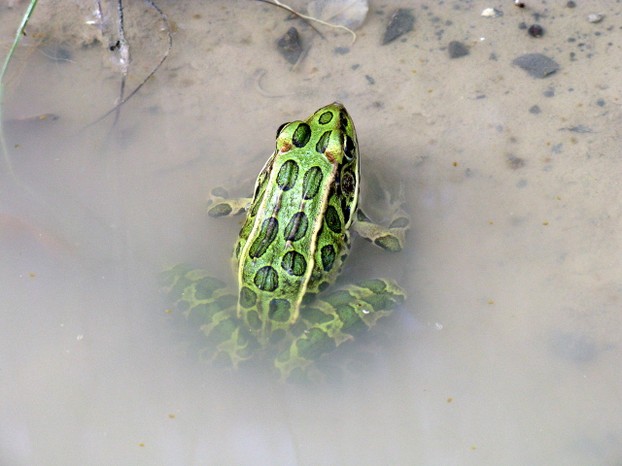
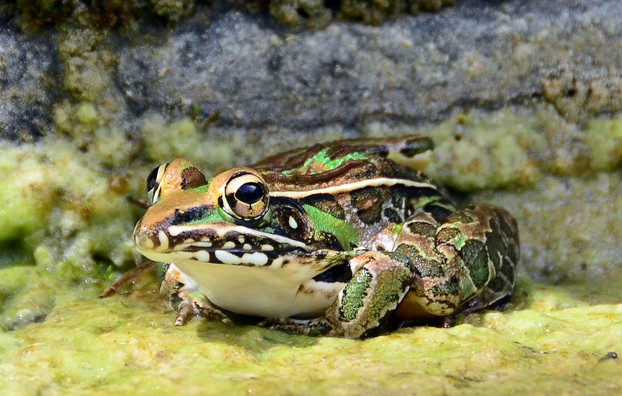
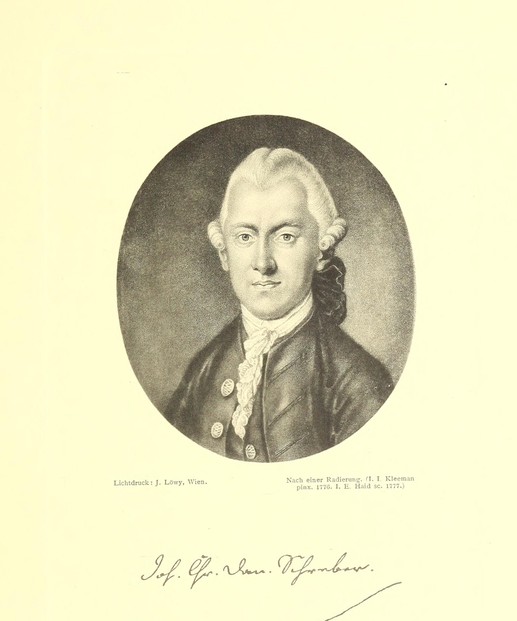
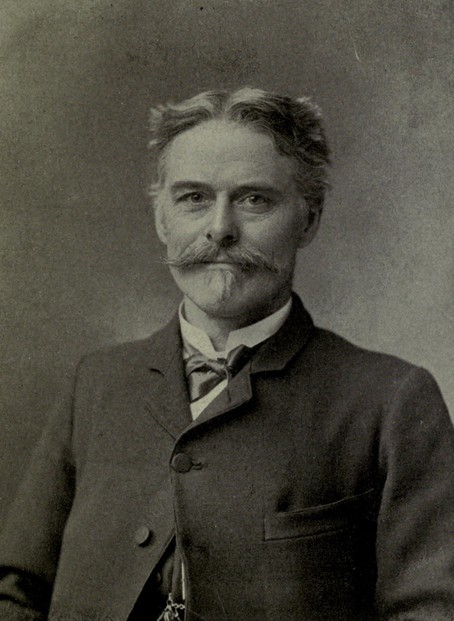
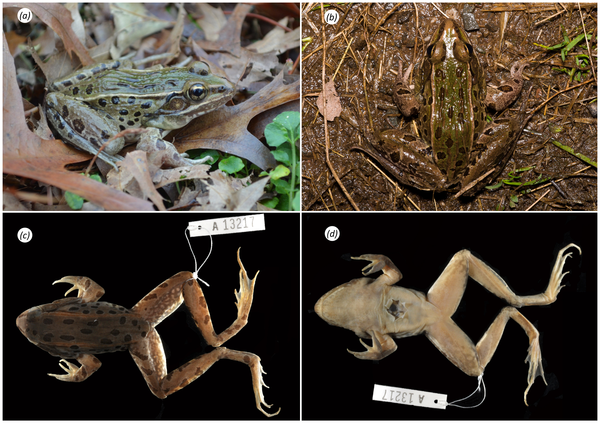
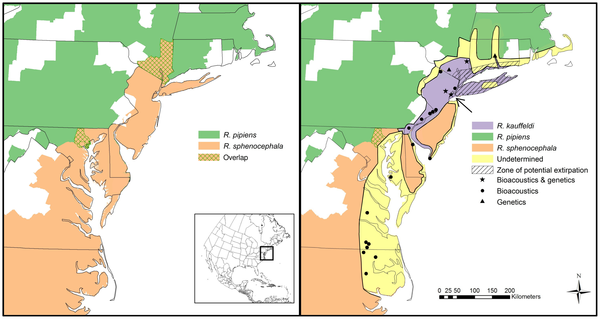


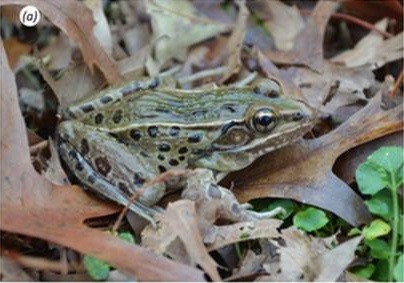
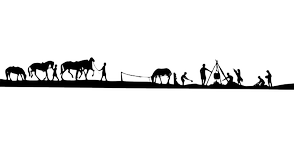

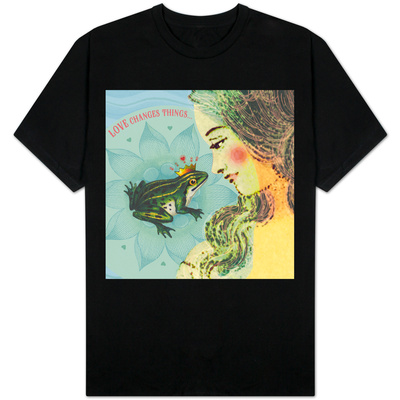
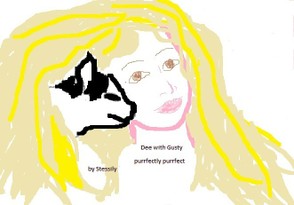
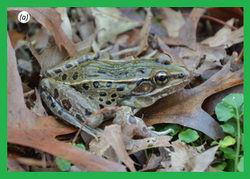

 Are Hawaiian Huakai Po Nightmarchers Avenging Halloween Thursday?on 10/02/2024
Are Hawaiian Huakai Po Nightmarchers Avenging Halloween Thursday?on 10/02/2024
 Mailing Addresses for 2023 Form 4868 Extending 1040 and 1040SR April 15, 2024, Due Dateon 04/15/2024
Mailing Addresses for 2023 Form 4868 Extending 1040 and 1040SR April 15, 2024, Due Dateon 04/15/2024
 Mailing Addresses for 2023 Forms 1040 and 1040SR Filed in 2024on 04/15/2024
Mailing Addresses for 2023 Forms 1040 and 1040SR Filed in 2024on 04/15/2024
 Mailing Addresses for 2022 Form 4868 Extending 1040 and 1040SR April 18, 2023, Due Dateon 04/13/2023
Mailing Addresses for 2022 Form 4868 Extending 1040 and 1040SR April 18, 2023, Due Dateon 04/13/2023

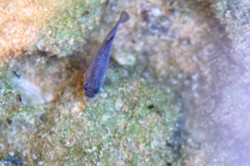
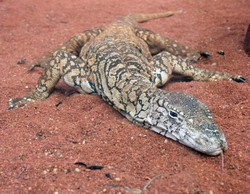
Comments